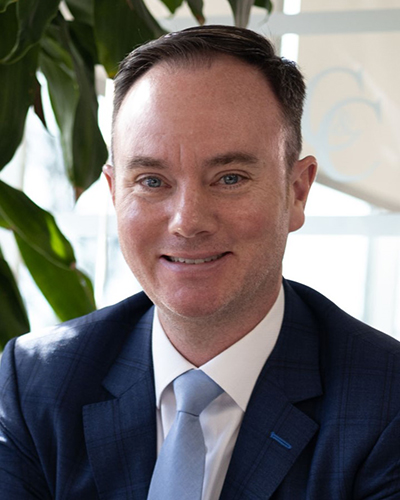News:
Spotlight Content
Posted: January 13, 2012
Examining New York City's DEP Back-Flow (RPZ) Device Program
A back-flow device is a plumbing valve that prevents contaminated water from flowing back into the water supply by directing it into a sanitary sewer. This device works when there is a drop in outside pressure due to pipe burst or other factors and the resulting siphoning of inside water to outside. In the event that contamination mixes in with clean inside water, the water supply outside, (city water) can be saved from contamination by having the dirty water re-directed to the sewer line. NYC is requiring many building owners to install this device. I have designed hundreds of these installations. As a courtesy, I have clarified some key points and am available to answer questions.
* The city of New York Department of Health and Mental Hygiene has taken the initiative from the NYS Health Department to implement the Back-flow Device Program. This program requires filing of plans by a registered architect or professional engineer with DEP and obtaining an approval. The owner must then hire a licensed plumber who is preferably also a certified RPZ tester to obtain a permit from the Building Department, install the device and test it. Once this is completed, the designing architect or engineer must inspect the device and file a Gen 215B form with DEP. This process can take up to 6 months and cost several thousand dollars.
* NYC DEP is now taking an aggressive approach to enforcement of 24,000 buildings many of which have hazardous water conditions.
* DEP is more willing to accept double check valves instead of RPZ devices than they were 10 years ago but I still prefer RPZ devices since they are more effective and easier to manage.
* Double check valves can be acceptable on the main water line as long as all internal hazardous fixtures are protected with internal RPZ devices.
* The advantage of double check valves over RPZ devices is that they are cheaper and there is no water discharge.
* The only official letter requiring RPZ device installation will come from DEP and give the owner a deadline for compliance.
* DEP enforces violations of the RPZ device program by referring the case to ECB. The fine for not complying is usually $1,000 if the defendant does not go to the hearing. If this issue is ignored for a long period of time, DEP may turn off the water to the violated building.
* DEP can and will turn off the water if there is no compliance so it is essential that plans are filed and the RPZ device is installed in a timely manner.
* Many of the buildings that have medical offices, laundromats, car-washes, funeral homes or other hazardous uses require a back-flow device.
In summary, the steps required to comply with the RPZ device mandate is to: retain an architect or engineer with substantial experience in designing RPZ device installation, file the application with DEP; hire a plumber with experience in installation and testing RPZ devices; file with the DOB for a permit; obtain the inspection from the designer and from the plumber; get the inspection and sign-off from the Building Department; have the device tested every year; have the device dis-assembled and re-assembled every five years.
William Gati, AIA, is the president of Architecture Studio, Kew Gardens, N.Y.
Tags:
Spotlight Content
MORE FROM Spotlight Content
Over half of Long Island towns vote to exceed the tax cap - Here’s how owners can respond - by Brad and Sean Cronin
When New York permanently adopted the 2% property tax cap more than a decade ago, many owners hoped it would finally end the relentless climb in tax bills. But in the last couple of years, that “cap” has started to look more like a speed bump. Property owners are seeing taxes increase even when an

Columns and Thought Leadership

Oldies but goodies: The value of long-term ownership in rent-stabilized assets - by Shallini Mehra
Active investors seeking rent-stabilized properties often gravitate toward buildings that have been held under long-term ownership — and for good reasons. These properties tend to be well-maintained, both physically and operationally, offering a level of stability

Properly serving a lien law Section 59 Demand - by Bret McCabe
Many attorneys operating within the construction space are familiar with the provisions of New York Lien Law, which allow for the discharge of a Mechanic’s Lien in the event the lienor does not commence an action to enforce following the service of a “Section 59 Demand”.

How much power does the NYC mayor really have over real estate policy? - by Ron Cohen
The mayor of New York City holds significant influence over real estate policy — but not absolute legislative power. Here’s how it breaks down:
Formal Legislative Role
• Limited direct lawmaking power: The NYC Council is the primary

The strategy of co-op busting in commercial real estate - by Robert Khodadadian
In New York City’s competitive real estate market, particularly in prime neighborhoods like Midtown Manhattan, investors are constantly seeking new ways to unlock property value. One such strategy — often overlooked but






.png)

.gif)
.jpg)
.gif)